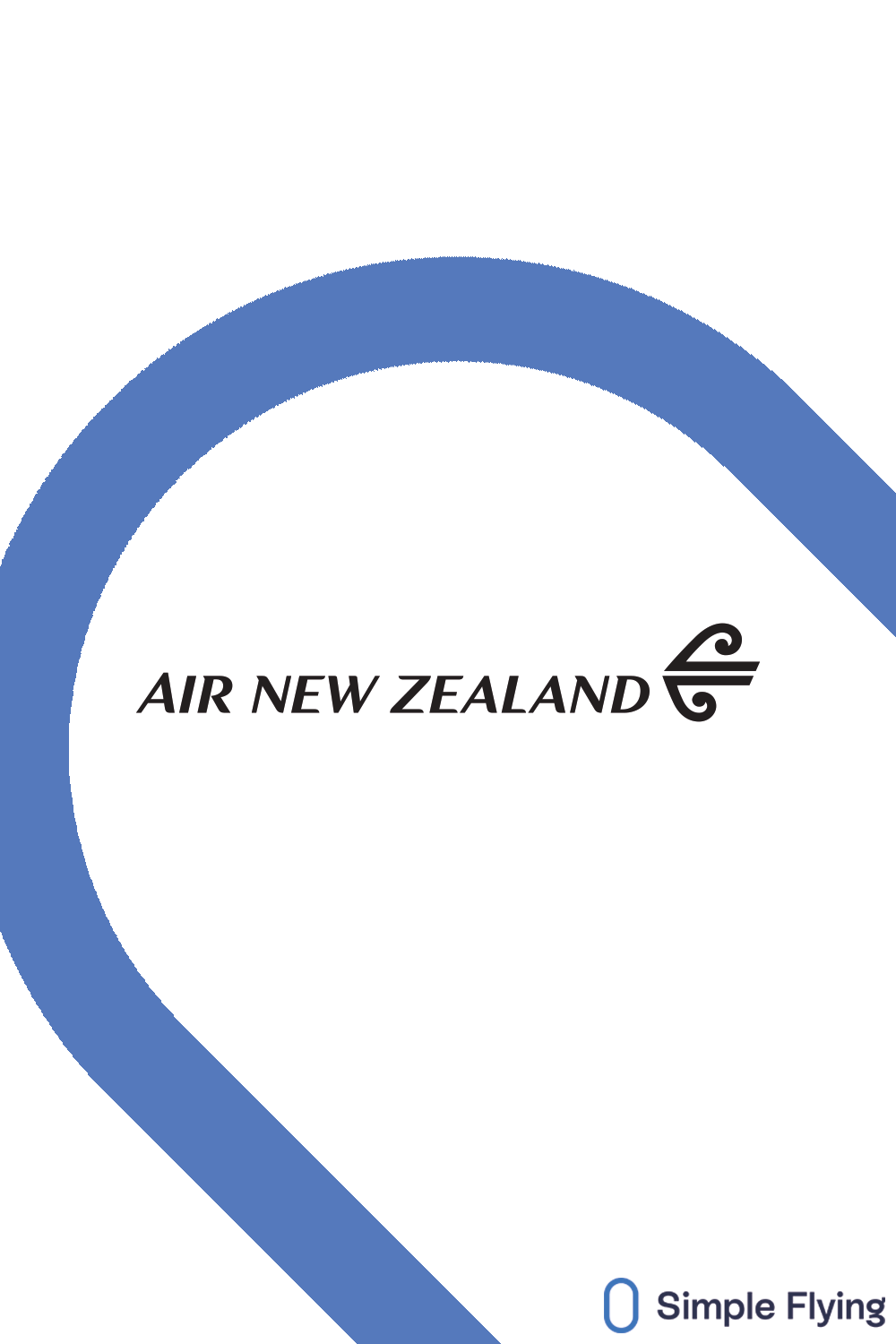This morning Air New Zealand presented its roadmap towards net zero emission commercial aviation. The airline painted a strong, confident and coherent picture of what it will be doing, with a central theme being that this a problem that can only be solved through collaboration from all stakeholders.
The CEO is deadly serious about net zero
In the presentation, which Simple Flying was invited to watch live, Air New Zealand CEO Greg Foran said getting to net zero aviation is "one of these wicked problems we need to solve, but we are going to need to solve it together, and just putting up a target is not going to be good enough."
He added:
"We're past the point of saying this is something we can just talk about and we think this is something that we may have to address because our stakeholders may have an issue with it. I think we're at that inflection point where you've actually got to start putting your money where your mouth is, and like any change, it's going to be full of risks. None of this is going to be easy and we don't have all of the solutions yet."
Air New Zealand (ANZ) committed early to the goal of net zero by 2050, and Foran wants the airline to lead the world in reaching this ambitious goal. The first task he outlined was to work out how to do it, but he made it clear that not knowing how to do it today does not impede finding the solutions in the future.
He touched on some of ANZ's innovations, such as "boiling water at 30,000 feet," and said that being curious is part of the airline's DNA, so solving net zero is another challenge to be beaten.
"This is part of who Air New Zealand is in terms of our DNA, but it's also who our country is and isn't it a heck of a shame if we don't lead the world in this area of how to be truly green? This is a bit of a no-brainer and absolutely core to us and the country and we're deadly serious about actually making this a reality."
The 787s are helping but more needs to be done
In December 2021, ANZ developed a Product Requirements Document that it shared with prospective technology and service providers. From that, thirty aircraft developers responded with proposals on a way forward that met ANZ's requirements. The carrier is now in discussion with some of those respondents and expects to sign letters of intent with its selected partners by the year's end.
Following on from that, today, the airline announced a new program, Mission Next Generation Aircraft, with these objectives:
- Fly its first commercial demonstrator flight from 2026.
- Begin replacing its Q300 domestic fleet with a more sustainable aircraft - likely green hydrogen or battery hybrid systems from 2030.
Starting with the turboprops
Fleet data from ch-aviation.com shows that ANZ has 52 turboprop aircraft, comprising 29 ATR 72-600s and 23 DHC-8-Q300s. The ATRs are young at just 5.7 years old, whereas the Q300s are more than 16 years old and ripe for replacement.
The overall plan is to work with technology partners on the building, testing, and certifying of aircraft and, importantly, the infrastructure needed to support commercial operations. This culminates in a zero-emission aircraft's first flight by 2026, which Foran said can be either a cargo or passenger plane. He added,
"The learnings we will take from flying an aircraft with next-generation propulsion technology from 2026 will pave the way for our long-term green hydrogen and hybrid partners to deliver an aircraft that can replace our Q300 domestic fleet."
Want to know more about sustainability in aviation?
Although Air New Zealand has an extensive domestic network, most of its mileage comes from long-haul flights, where conventional aircraft engines will be used for some time. It's refreshing to hear a CEO talk about sustainable aviation fuel (SAF) intelligently rather than the usual waxing lyrically as if it's all about to magically happen tomorrow.
He described SAF as one of the building blocks toward net zero but said it was "a wicked problem to solve in itself." For him, the first step is for all stakeholders, including the government, to decide if SAF is to be produced locally or imported.
SAF would help with long-haul flights
While the consensus is probably that it should be made locally, Foran is curious about who will finance the enormous investments needed to make that happen, along with all the infrastructure to make SAF a commercial proposition. There is also the challenge around what SAF will be made from, such as woody biomass, animal fats, or something else, and where that will come from.
However, he is upbeat about the possibilities of SAF, particularly for ANZ, saying:
"It's a problem that needs solving because that [fuel] represents probably the best part of 60-70% of our carbon emissions because so much of our carbon is driven by our long-haul fleet."
One of the benefits New Zealand brings to the discussion is that most of its power already comes from renewable sources. That makes it an ideal environment to develop hydrogen or hybrid electric solutions, which can be developed in the airline's domestic turboprop fleet. There are many (extra) short-haul domestic flights perfectly suited to hybrid electric aircraft, so it won't be a surprise if Air New Zealand becomes one of the world's first to operate commercial emission-free flights.
What do you think of these developments? Let us know in the comments.

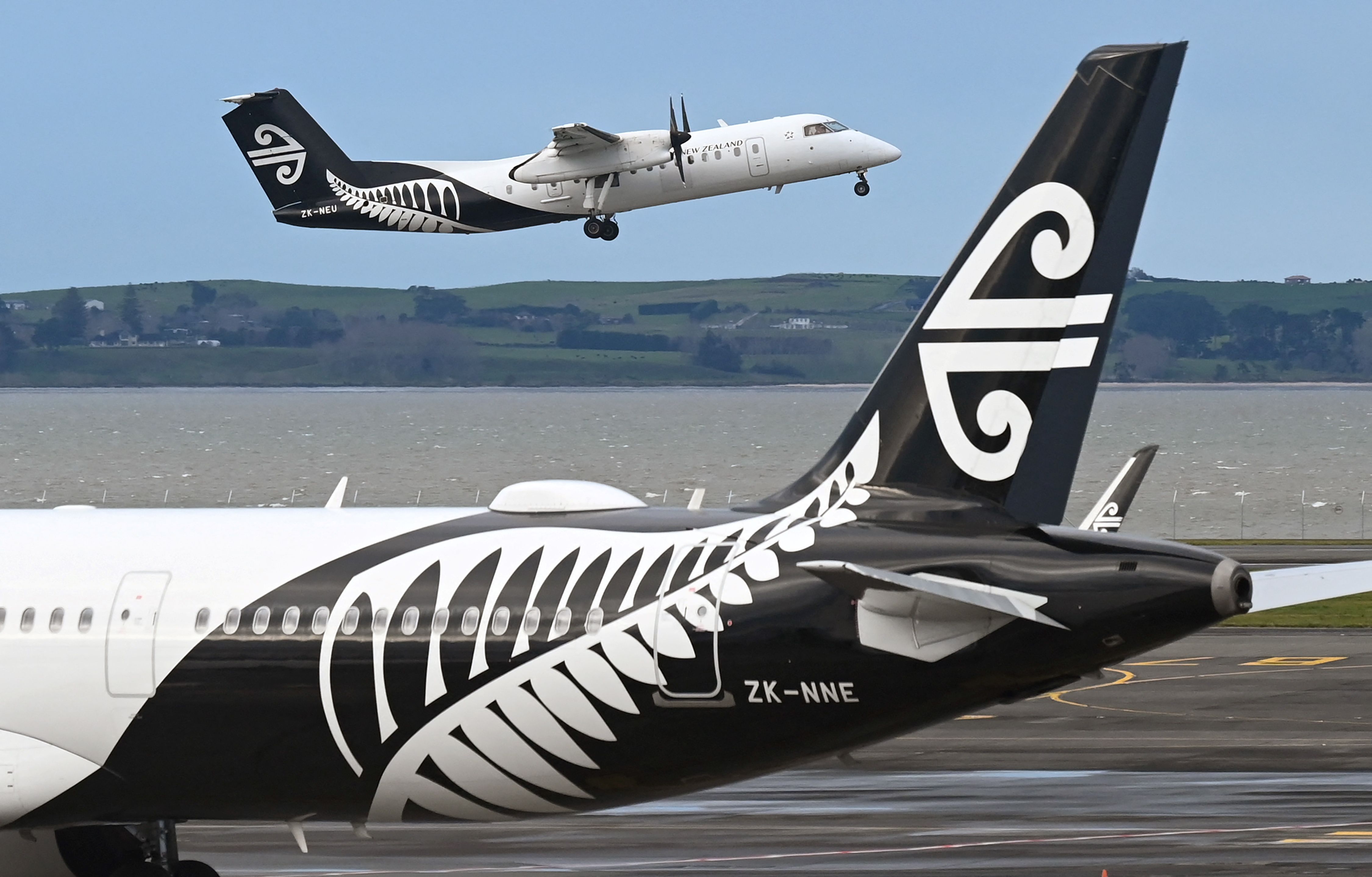
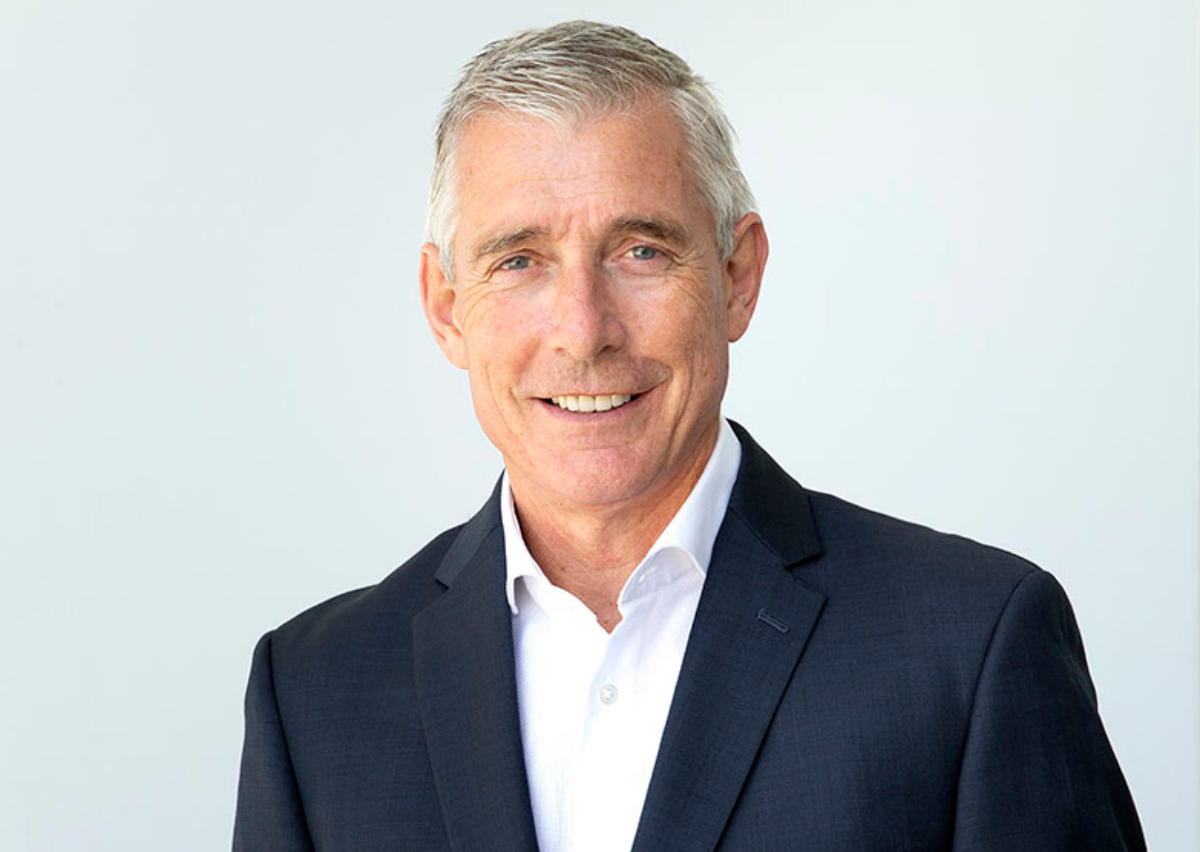
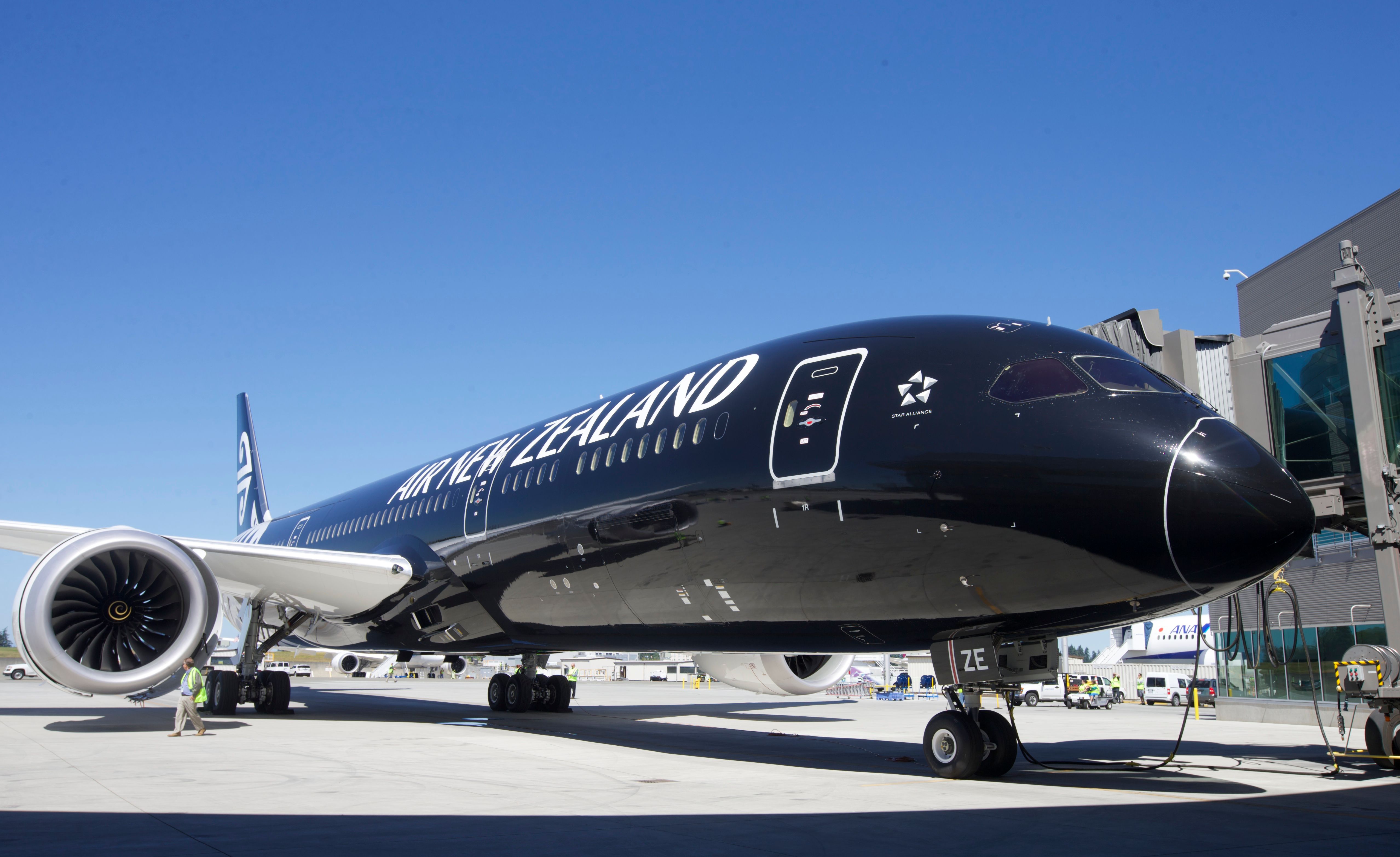
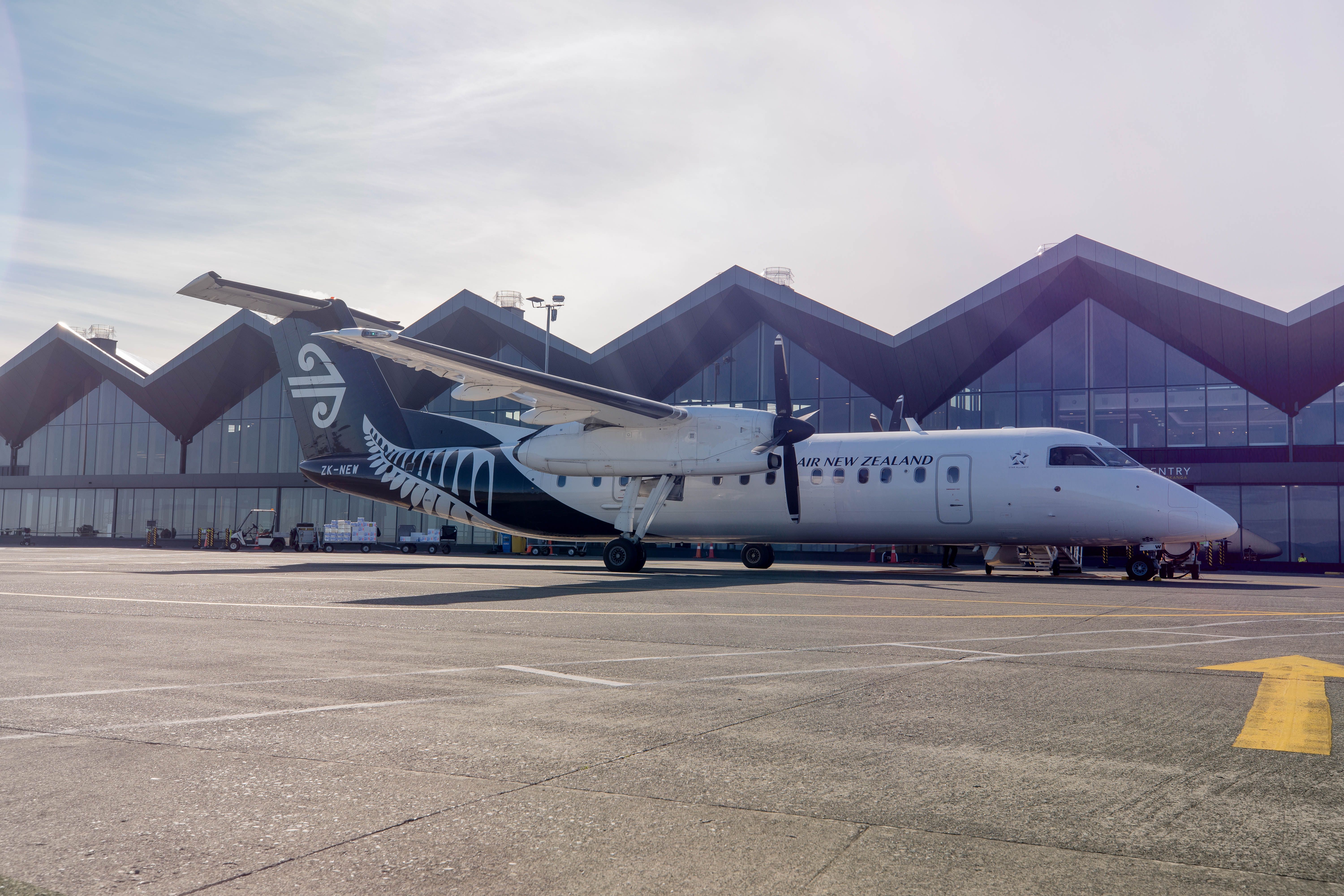
-ZK-OKN.jpeg)

